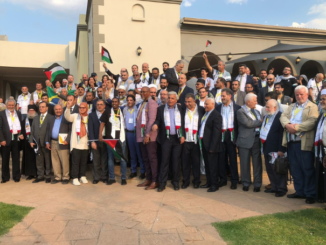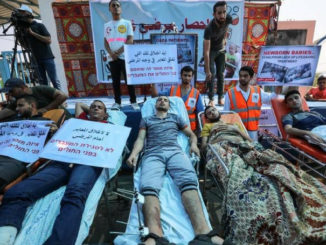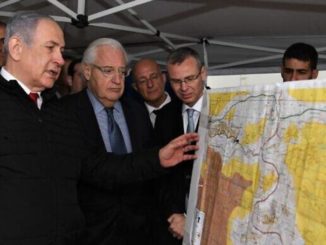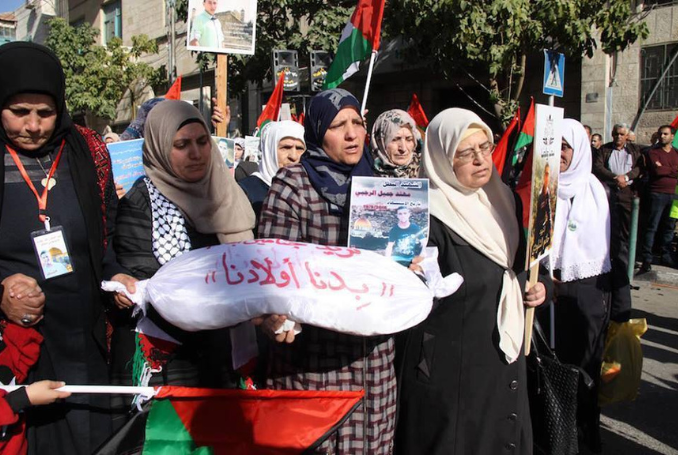
By Benay Blend
Repatriation is a term used to describe the process whereby human remains and various types of cultural items are returned to “lineal descendants” and Indigenous people, including Palestinians.
As of December 2022, the bodies of more than 118 martyrs, including Yousef Suboh, were being held in Israeli morgues, while 253 were buried in “the cemeteries of numbers” where they are not dignified with names. The graves are said to be so shallow that wild animals are able to reach their bodies.
In an interview with Fayha Shalash, Yousef’s mother explained that she “hate[s] to open the fridge.’ Every time she does, it reminds her of Yousef’s murder at the hands of Israeli soldiers. “I feel he’s cold,” she says. “I feel his pain.”
Why does Israel not return the bodies of the martyrs? “This is a form of psychological torture,” says Mohammad Nassar who has not seen his son in 15 years. “Every day is a painful day. We keep getting ideas that he may still be alive.”
Salwa Hammad, lawyer and campaign coordinator, explains that the main reason that Israel withholds the bodies is to place a “psychological burden” on the families. Without tangible proof, they hold out hope that their relative is still alive.
Israel has been employing this tactic since the early 2000s. Mervat Nahhal from the Al Mezan rights center in Gaza says that no part of this strategy abides by international law. Why do they commit illegal acts? The simplest answer is that they do it because they can. In an irrational society, it is often very hard to find rational intentions.
Addressing this issue in November 2019, former Defense Minister Naftali Bennett offered a justification that follows the Zionist propaganda playbook. Bennett argued that the withholding of bodies existed as a “deterrent against terrorism,” thus labeling all the deceased as terrorists who much deserved their deaths. “Israeli security forces regularly take custody of terrorists’ bodies,” he said. Sometimes the bodies are returned, but “at other times they are withheld — to prevent celebratory funerals in attackers’ hometowns, or with a view to using them in negotiations to retrieve the bodies of Israeli soldiers held by terror groups.”
In Hebron, women marched against this policy while carrying signs with photos of their missing children. In this way, they resembled the Madres of the Plaza de Mayo during the junta’s Dirty War against subversives in Argentina. Wearing white headscarves along with modest clothing, the Madres felt that they were safe from danger because they were performing their roles as mothers, but at the same time, they were exposing what was hidden beneath public view.
Paraphrasing the words of Kwame Ture (Stokely Carmichael), in order for non-violent resistance to be effective, the oppressor has to have a conscience. Neither Israel, nor its supporter, America, have a conscience., thus Palestinian women hold no honor from the State. The day after Palestinian Muhammad Abu Khudair was kidnapped and burned alive by several Israeli youths, Israeli parliament member and law-maker Ayelet Shaked announced:
“Behind every terrorist stand dozens of men and women, without whom he could not engage in terrorism. They are all enemy combatants, and their blood shall be on all their heads. Now, this also includes the mothers of the martyrs, who send them to hell with flowers and kisses. They should follow their sons, nothing would be more just. They should go, as should the physical homes in which they raised the snakes. Otherwise, more little snakes will be raised there.”
“They have to die and their houses should be demolished so that they cannot bear any more terrorists,” continued Shaked, “they are all our enemies and their blood should be on our hands. This also applies to the mothers of the dead terrorists.”
Given her call for genocide of the Palestinians, it follows that Israel would use every form of terror, even if illegal, to torture the families of the martyrs. Because Israel and the United States have both followed a path of manifest destiny, a process that justifies ethnic cleansing of the original inhabitants, it follows that there would be little respect in either case for the remains of the Indigenous dead.
In the Native American context, repatriation involves returning human remains and cultural objects back to tribal members or their governments centuries (not decades as in the case of Israel) after their initial theft. The remains were displayed in museums where visitors admired them as if Indigenous peoples were extinct.
The bones were those of Native people killed in battle, but sometimes grave robbers sold them for profit. Whereas Zionist propaganda claims that Palestinians never existed as a people, colonizers in the United States mourned what they believed to be the “Vanishing Indian,” a process which ironically was going on at a time when the population of tribal people was increasing.
In Israel, if there are no bodies then there were no people, and the existence of Palestinians is erased. If there are no bodies, then there are no crimes, though the retention of prisoners’ bodies is illegal under international law.
Responding to pressure on the part of Indigenous practitioners, Congress enacted the Native American Graves Protection and Repatriation Act of 1990 (NAGPRA), which requires that museums return human remains and burial items to their respective Indigenous communities. As Roxanne Dunbar-Ortiz explains, the federal government had previously used the term “repatriation” to call for the return of prisoners of war to their country of origin. “Native American nations are sovereign as well,” she writes, “and Congress correctly characterized the returns as repatriations” (An Indigenous Peoples’ History of the United States, 2014, p. 207).
Grave robbing continues to this day. Earlier justifications for institutional withholding of remains in uncatalogued boxes, much like Israel’s “cemeteries of numbers,” focused on needing the bones as “resources” or “data,” but seldom labeled “human,” for “scientific” studies, thus challenging tribal rights to sovereignty over their own life and death (Dunbar-Ortiz, p. 231). Quoting anthropologist Eric Davis, Dunbar-Ortiz writes: “It is [Davis’s] claim that Indian identity, and its material form, the dead Native body, has functioned for a very long time, and with increasing power, as a fetish marking the possession of land by those who have conquered it already” (p. 232).
Native Americans are not vanishing, neither will Palestinians. Their shared resistance is much stronger than their mutual experience of oppression. Writing about this solidarity, Ramzy Baroud describes the “deep solidarity” between “Palestinians and national liberation struggles, including indigenous struggles around the world.” Palestinians and Native Americans both bear the burden of settler-colonialism, Baroud concludes, nevertheless, their solidarity rests not on mutual ethnic cleansing but also on “their pride, resilience and continued quest for equality and justice.”
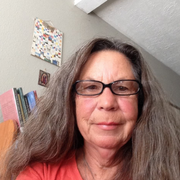
– Benay Blend earned her doctorate in American Studies from the University of New Mexico. Her scholarly works include Douglas Vakoch and Sam Mickey, Eds. (2017), “’Neither Homeland Nor Exile are Words’: ‘Situated Knowledge’ in the Works of Palestinian and Native American Writers”. She contributed this article to The Palestine Chronicle.

